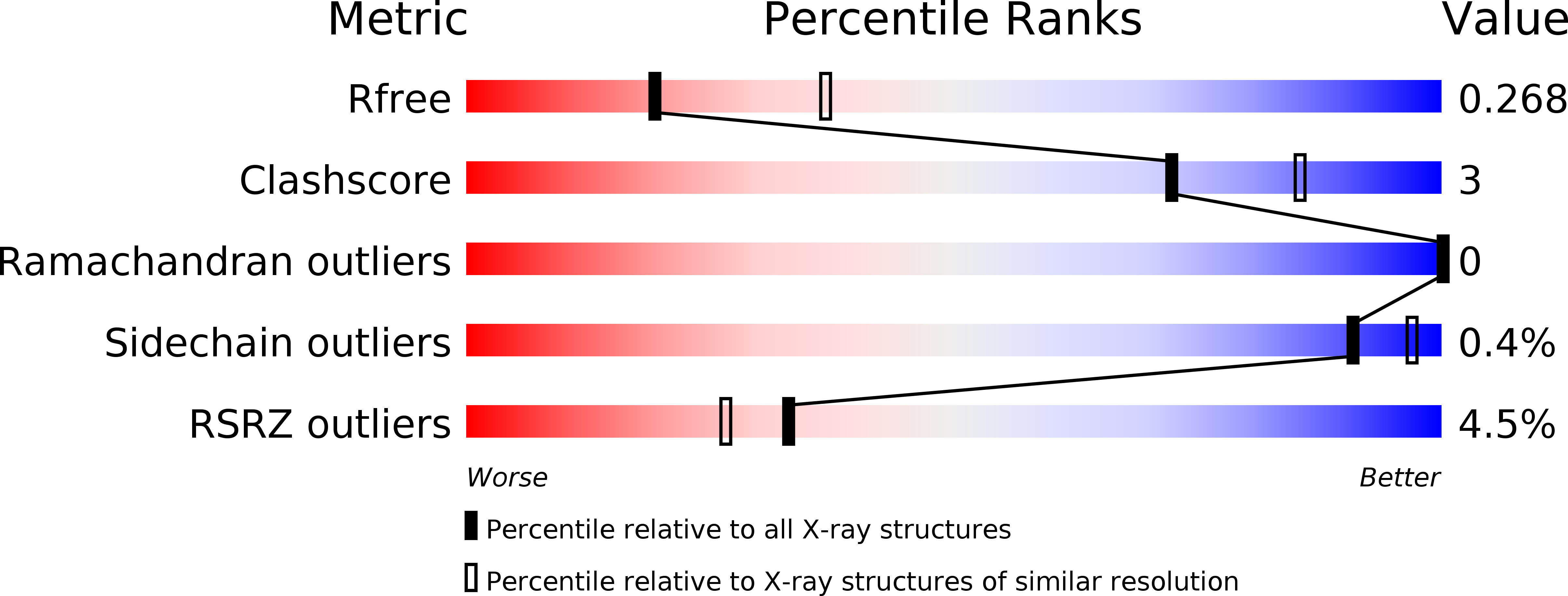
Deposition Date
2013-05-13
Release Date
2013-07-24
Last Version Date
2024-11-27
Entry Detail
PDB ID:
4KPH
Keywords:
Title:
Structure of the Fab fragment of N62, a protective monoclonal antibody to the nonreducing end of Francisella tularensis O-antigen
Biological Source:
Source Organism:
Mus musculus (Taxon ID: 10090)
Method Details:
Experimental Method:
Resolution:
2.59 Å
R-Value Free:
0.26
R-Value Work:
0.22
R-Value Observed:
0.22
Space Group:
P 21 21 21


